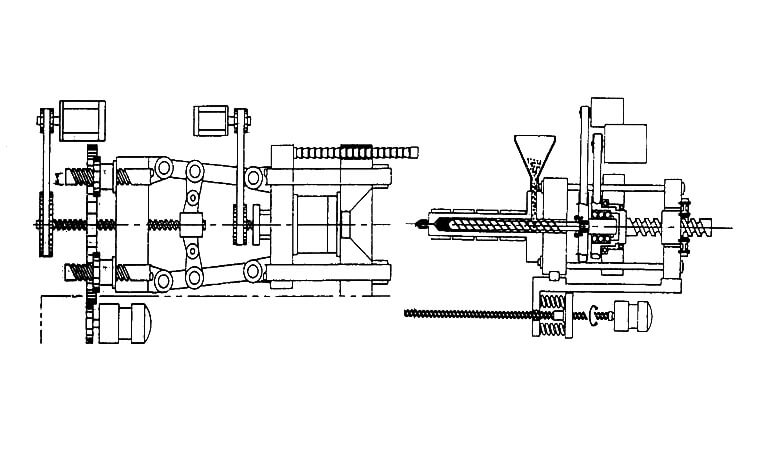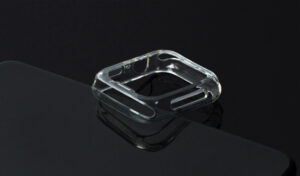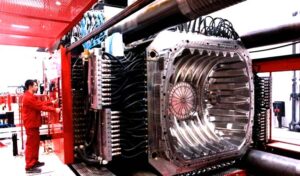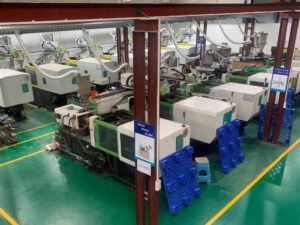13 examples of great core injection mould design principles
One: mold opening direction and parting line
Each injection molded product begins its design by determining its mold opening direction and parting line to ensure that the core pulling slider mechanism is minimized and the effect of the parting line on appearance is eliminated.
1、 After the mold opening direction is determined, the structure of the product such as reinforcement bars, snaps and bumps are designed to be consistent with the mold opening direction as much as possible to avoid core extraction to reduce the spelling line and prolong the mold life.
2、 After the mold opening direction is determined, the appropriate parting line can be selected to avoid the existence of backward buckling in the mold opening direction to improve the appearance and performance.
Two: release slope
1、the appropriate slope of the release can avoid the product pulling hair (pulling flowers). Smooth surface of the mold slope should be ≥ 0.5 degrees, fine grain (sand surface) surface is greater than 1 degree, coarse grain surface is greater than 1.5 degrees.
2、the appropriate slope of the mold release can avoid product top injury, such as top white, top deformation, top broken.
3、The slope of the outer surface of the deep cavity structure product design is larger than the slope of the inner surface as much as possible to ensure that the core of the mold does not deviate during injection, to get uniform product wall thickness, and to ensure the material strength of the product opening part.
Three: product wall thickness
1、all kinds of plastics have a certain wall thickness range, generally 0.5 ~ 4mm, when the wall thickness exceeds 4mm, will cause excessive cooling time, resulting in shrinkage and other problems, should consider changing the product structure.
2、Uneven wall thickness will cause surface shrinkage.
3、Uneven wall thickness will cause air holes and fusion marks.
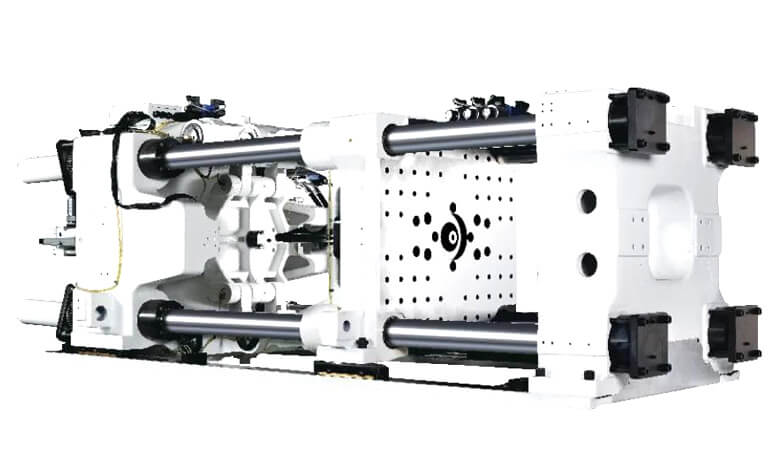
IV: Reinforcement bars
1、The reasonable application of reinforcement bars can increase the rigidity of the product and reduce deformation.
2、the thickness of the reinforcement must be ≤ (0.5 ~ 0.7) T product wall thickness, otherwise it causes surface shrinkage.
3、The one-sided slope of the reinforcement should be greater than 1.5° to avoid top injury.
V: Rounded corners
1、 Too small rounded corners may cause stress concentration in the product, leading to product cracking.
2、The rounding angle is too small may cause stress concentration in the mold cavity, leading to cavity cracking.
3、set a reasonable rounded corners, but also to improve the processing of the mold, such as the cavity can be directly milled with R cutter processing, and to avoid inefficient electrical processing.
4、different rounded corners may cause the movement of the parting line, should be combined with the actual situation to choose a different rounded or clear corner.

VI: Hole
1、the shape of the hole should be as simple as possible, generally take the round.
2、The axial direction of the hole and the opening direction are the same, which can avoid core extraction.
3、When the hole length-diameter ratio is greater than 2, the release slope should be set. At this time, the diameter of the hole should be calculated according to the small diameter size (maximum solid size).
4、the blind hole length to diameter ratio generally does not exceed 4. Anti-hole pin punching bend.
5、the distance between the hole and the edge of the product is generally larger than the size of the aperture.
Seven: Injection mold core, slider mechanism and avoid
1、When the plastic parts can't be released smoothly according to the opening direction, the core pulling slider mechanism should be designed. The core pulling mechanism slider can shape complex product structure, but it is easy to cause defects such as product stitching line and shrinkage, and increase mold cost and shorten mold life.
2、 when designing injection molding products, such as no special requirements, try to avoid the core extraction structure. Such as the direction of the hole axial and tendons to the direction of the open mold, the use of cavity core touch through and other methods.
Eight: One-piece hinge
1、Using the toughness of PP material, the hinge can be designed to be integrated with the product.
2、 as a hinge film size should be less than 0.5mm, and maintain a uniform
3、When injection molding one piece hinge, the gate can only be designed on one side of the hinge.
Nine: Inserts
1、Inserts in injection molded products can increase local strength, hardness, dimensional accuracy and set small threaded holes (shafts) to meet various special needs. At the same time, it will increase the cost of the product.
2、 the insert is generally copper, can also be other metal or plastic parts.
3、the embedded parts in the embedded plastic should be designed to stop the rotation and anti-pull-out structure. Such as: knurling, holes, bending, flattening, shoulders, etc.
4、the plastic around the insert should be properly thickened to prevent stress cracking of plastic parts.
5、when designing the insert, should fully consider its positioning in the mold (hole, pin, magnetic).
X: Logo
Product marking is generally set at the flatter inner surface of the product and in the form of projection, and the marking is set at the face where the normal direction and the open mold direction ruler may be consistent, which can avoid strain.
XI: Precision of injection molded parts
Due to the unevenness and uncertainty of the shrinkage rate during injection moulding, the accuracy of injection moulded parts is significantly lower than that of metal parts, and the dimensional tolerances of mechanical parts cannot simply be applied, and suitable tolerance requirements should be selected according to the standards.
Twelve: deformation of injection molded parts
Improve the rigidity of the structure of injection molding products to reduce deformation. Try to avoid flat structure, set reasonable flanges, concave and convex structure. Set reasonable reinforcement bars.
Thirteen: buckle position
1、 the buckle device is designed to share multiple buckles at the same time, so that the overall device will not be unable to operate because of damage to individual buckles, thereby increasing its service life, and then more ko filter plus rounded corners to increase the strength.
2、 is the tolerance requirements of the relevant size of the buckle position is very strict, too many inverted buckle position is easy to form a buckle damage; on the contrary, too few inverted buckle position is difficult to control the assembly position or the combination of parts appear too loose phenomenon. The solution is to set aside to change the mold easy to add glue to achieve the way.
